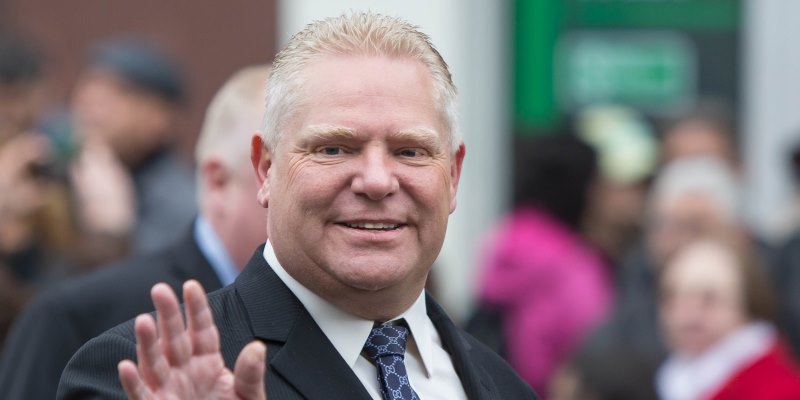Don't lose sight of bread and butter issues in Toronto

Premier Doug Ford inherited some significant challenges. Ontario is on track to run multi-billion dollar deficits for several years, which will inflate the province’s already large debt levels. Energy costs and tax competition from the United States have made Ontario a less attractive destination for investment, and lingering trade frictions hang over the province’s manufacturing industry. In fact, 11 out of 23 urban areas in the province have not recovered from the last recession.
On the surface, from an economic perspective, it might appear that if there’s one thing the provincial government doesn’t have to worry about, it’s Toronto. But that would be a mistake.
Between 2008 and 2016, the Toronto Census Metropolitan Area accounted for roughly 90 per cent of net job creation in Ontario, and its residents enjoy much higher per capita incomes than the provincial average. Additionally, many nearby cities such as Guelph, Waterloo, Hamilton and Oshawa saw their fortunes rise during that eight-year period thanks in part to their proximity to Toronto. This is no reason for complacency in Queen’s Park, however.
The Greater Toronto Area faces a number of growing homegrown challenges that could undermine economic growth in the region. The cost of housing, long commutes and high personal income taxes all present potential challenges for attracting and retaining the type of high-skilled workers that drive economic growth.
The cost of housing is obviously on the new premier’s mind, given his brief flirtation with loosening the Greenbelt. While there are pros and cons to that approach, he was right to emphasize the need for new housing units. The easiest way to do that is to liberalize land-use in Toronto. While the condo boom is visible, it hasn’t been enough to keep up with demand for new units, as evidenced by bidding wars and rising prices. Premier Ford should work with cities in the region to encourage a stronger push for new housing units and, for example, adopt “as-of-right” zoning for mid-rise apartments, which would greatly reduce the cost and uncertainty associated with building new multi-family housing.
Similarly, commute times are on everyone’s mind in Toronto. Traffic congestion in the region costs the economy billions of dollars annually. Unfortunately, the last provincial government overruled city council when it wanted to implement the only proven solution to traffic congestion: road pricing. Drivers pay with their (and other people’s) time or money to drive on congested roads. Prices, rather than rationing, are the more efficient approach.
Finally, higher take home pay is a big part of why people migrate to cities. But with marginal personal income tax rates topping out at 53.53 per cent, take home pay in Toronto can be less than advertised, especially when accounting for cost of living. Not only is the tax rate more than 16 percentage points higher than several US states, but the top rate also kicks-in at less than half the income level it does stateside. That makes the financial decision to move to Toronto much cloudier.
From an economic perspective, Toronto may seem like the one part of the province the new government shouldn’t worry about. But in reality, problems exist. While it’s crucial for Queen’s Park to help the parts of the province that have fallen behind, bread and butter concerns in the province’s largest city must remain near the top of the government’s agenda.
Authors:
Subscribe to the Fraser Institute
Get the latest news from the Fraser Institute on the latest research studies, news and events.


